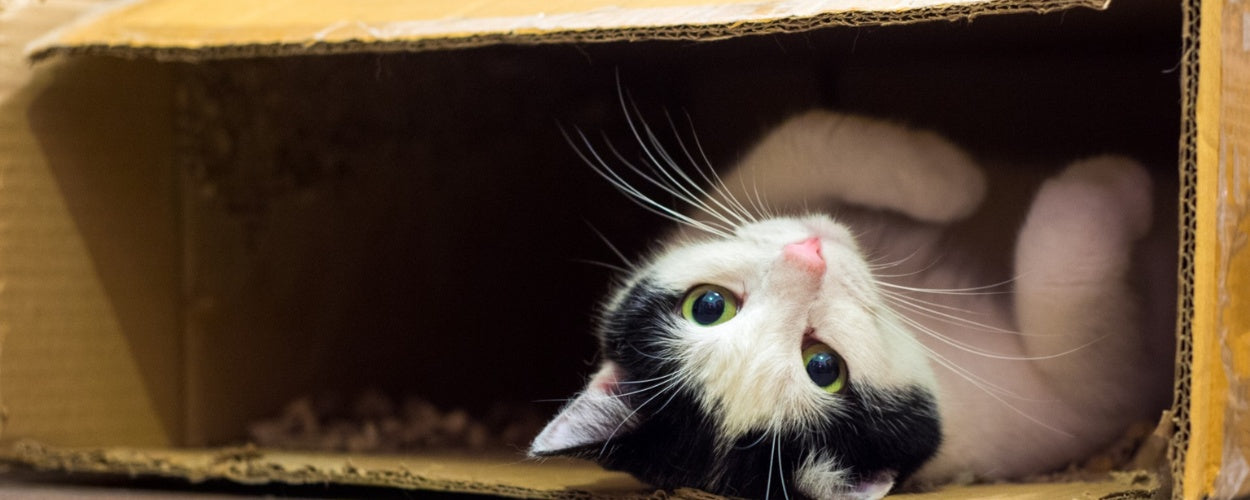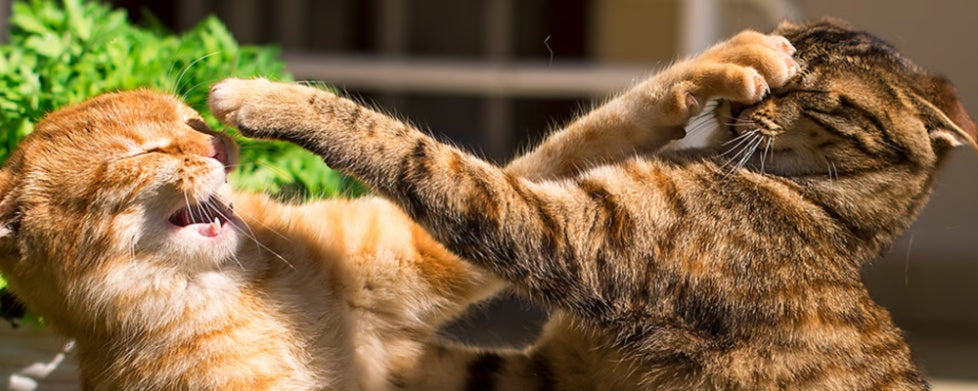What is Separation Anxiety in Cats?
Separation anxiety in cats is a behavioral condition where a cat becomes stressed or distressed when their owner is absent. This issue often goes unnoticed, as cats are typically regarded as independent animals. However, they can form strong bonds with their owners, and sudden changes in routine or prolonged periods of solitude can trigger stress-related behaviors. Understanding this anxiety is critical, as it can negatively impact your cat’s emotional and physical health.
Contrary to popular belief, cats thrive in stable and predictable environments. Their territorial nature and preference for routine make them vulnerable to anxiety when significant changes occur, such as a new work schedule, moving homes, or being left alone more frequently. These changes disrupt their sense of security, leading to symptoms that signal separation anxiety.
Cats with separation anxiety may exhibit subtle or pronounced changes in behavior. While some become vocal or destructive, others may display more passive signs, such as hiding or losing their appetite. Owners may misinterpret these actions as disobedience or health issues, but they are often a response to emotional distress caused by being left alone.
To ensure your cat feels secure, it’s essential to understand their emotional needs and address their anxiety proactively. With the right strategies, you can minimize their stress and create a comforting environment that keeps them content even in your absence.
Causes of Separation Anxiety
· Sudden changes in routine
· Over-attachment to the owner
· Previous experiences of abandonment
· Lack of mental and physical stimulation
Signs of Separation Anxiety in Cats
Recognizing the signs of separation anxiety can help you intervene early. Common symptoms include:
- Excessive Vocalization: Persistent meowing or crying when you leave or return.
- Inappropriate Elimination: Urinating or defecating outside the litter box, often in personal spaces like your bed.
- Destructive Behavior: Scratching furniture or knocking objects over.
- Changes in Eating Habits: Refusal to eat or drink when alone.
- Excessive Grooming: Licking or grooming themselves to the point of hair loss.
- Vomiting or Diarrhea: Physical manifestations of stress.
These behaviors may occur exclusively in your absence, making them easy to overlook without close observation.
How to Reduce Anxiety in Cats
Gradual Routine Adjustment
Start by leaving your cat alone for short intervals and gradually extend the duration. This gradual process helps them adapt without feeling overwhelmed. Reward calm behavior during these intervals to reinforce their confidence.
Create a Stimulating Environment
Keep your cat engaged with toys, scratching posts, and puzzle feeders. These provide mental and physical stimulation that can alleviate boredom and reduce anxiety. Adding a perch near a window or placing a bird feeder outside gives them visual entertainment when you’re away.
Encourage Independence
Foster a sense of independence by allowing your cat to play or rest on their own while you’re home. Redirect their focus to toys or activities instead of constantly seeking your attention, helping them become more self-sufficient over time.
Provide a Safe Space
Set up a cozy, quiet spot in your home where your cat can retreat when they feel stressed. Include familiar items like their favorite blanket, bed, or a piece of your clothing. The scent and familiarity create a comforting atmosphere.
Engage in Active Play Before Leaving
Schedule a play session before your departure to help your cat expend energy. Interactive toys, such as feather wands or laser pointers, can provide both exercise and mental stimulation. Afterward, feed them a meal or treat to associate your leaving with positive reinforcement.
Use Calming Aids
Calming aids, such as pheromone diffusers or sprays, mimic the natural comforting scents cats produce. These products can help reduce anxiety and create a relaxed atmosphere in your home.
Keep Departures and Returns Low-Key
Avoid making a big deal about leaving or coming back. Dramatic gestures can heighten your cat’s stress. Instead, keep these moments calm and routine to reduce their emotional reaction to your comings and goings.
Involve Other Family Members
If possible, involve other household members in your cat’s care routine. Sharing responsibilities, such as feeding, grooming, or playing, can help your cat form connections with others and reduce their reliance on just one person.
Consult a Professional
For severe anxiety, consult a veterinarian or a behavior specialist. They can assess your cat’s condition and recommend tailored behavior modification techniques or medication if necessary. These interventions may provide significant relief for cats struggling with chronic stress.
Conclusion: Ensuring Comfort and Security for Your Cat
Separation anxiety in cats is a real and challenging issue, but it is manageable with patience and the right approach. By identifying the signs early and implementing proactive strategies, you can help your cat feel secure and reduce their stress. Each cat is unique, so it may take time to find the combination of techniques that works best for them.
The bond you share with your cat is built on trust and understanding. Addressing their emotional needs during your absence not only reduces their anxiety but also strengthens your connection. A calm and content cat contributes to a harmonious and happier home for everyone involved.
By following these actionable steps, you’ll be well-equipped to create a stress-free environment for your pet, ensuring they feel loved and secure even when you’re not there.








